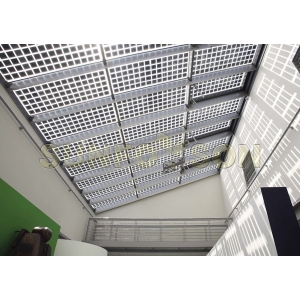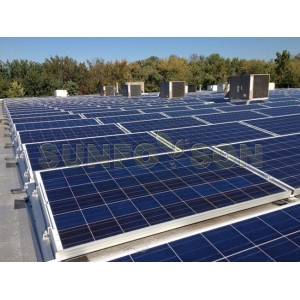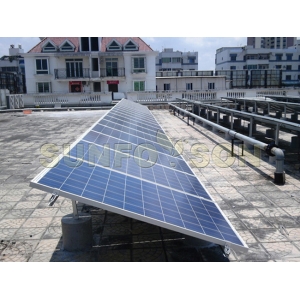In the energy sector, 70% of new power generation capacity added between 2012 and 2030 will come from renewable technologies. Solar energy will account for 24% of new power capacity by 2030.
 By 2030 renewable technologies will amount to 50% of new power generation capacity installed around the world, says BNEF.
By 2030 renewable technologies will amount to 50% of new power generation capacity installed around the world, says BNEF.
According to a report published by Bloomberg New Energy Finance (BNEF), wind and solar will take up the largest shares of new power capacity added in terms of GW by 2030, accounting for 30% and 24% respectively.
In addition, BNEF predicts that by 2030 renewable technologies will amount to 50% of new power generation capacity installed around the world. This means a 28% climb from 2012.
"In spite of the recent news showing a downturn in clean energy investment since 2011, renewable technologies will form the anchor of new generating capacity additions, even under a less optimistic view of the world economy and policy choices," said Guy Turner, head of economics and commodities at BNEF.
Meanwhile, new renewable power capacity is set to rise 230%, to $630bn per year by 2030, the report says. These developments are mainly due to cost reductions in the wind and solar energy sectors, as well as growth coming from non-intermittent clean energy sources like hydropower, geothermal and biomass, BNEF adds.
Guy Turner, commented: "The main driver for future growth of the renewable sector over this timeframe is a shift from policy support to falling costs and natural demand." Another crucial aspect mentioned by the analyst is the need of investment in grid infrastructure, load management and storage technologies.
In order to elaborate their predictions for the world energy markets, BNEF analyzed variables such as economic prosperity, global and regional demand growth, the evolution of technology costs, climate change policy developments and trends in fossil fuel markets. After taking a closer look at these factors, three possible scenarios were outlined: "New normal", "Barrier busting" and "Traditional territory".
The "New normal" scenario is considered the most likely to occur. It shows the investment requirement for new clean energy assets in the year 2030 at $630bn. Compared to 2012, this is a threefold increase in investment.
The future under the other two scenarios "Barrier busting" and "Traditional territory" also forecast further growth in clean energy demand, but they are less optimistic. On the one hand, the "Barrier busting" scenario predicts capital requirements to reach $880bn by 2030. This would mean a 22% increase (an additional $2 trillion) in investments injected in infrastructure such as long distance transmission systems, smart grids, storage. On the other hand, the "Traditional territory" assumes that investment requirements will be $470bn by 2030.















